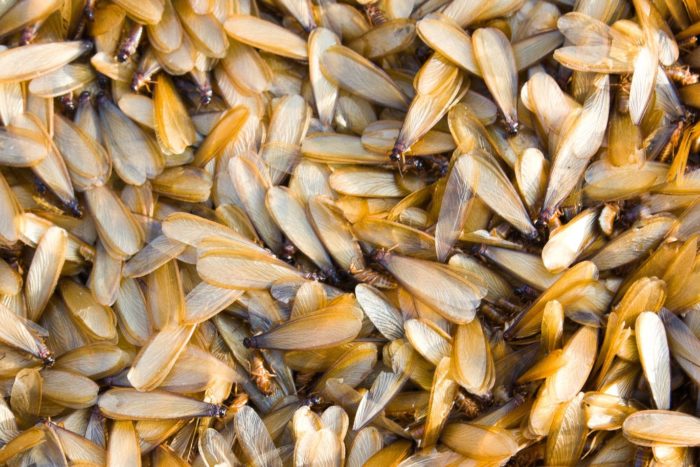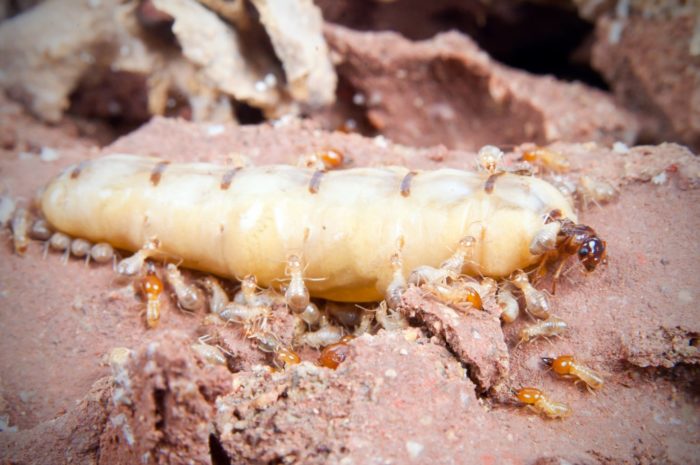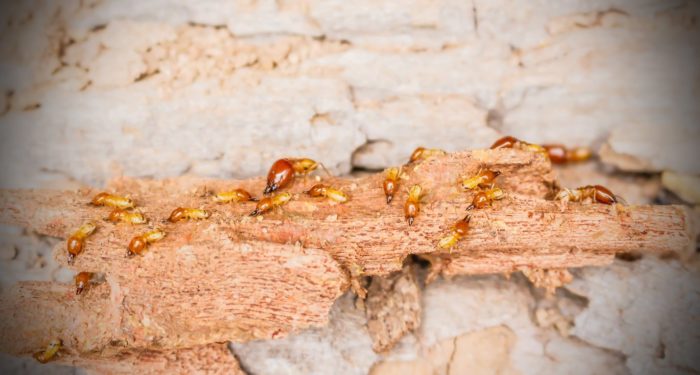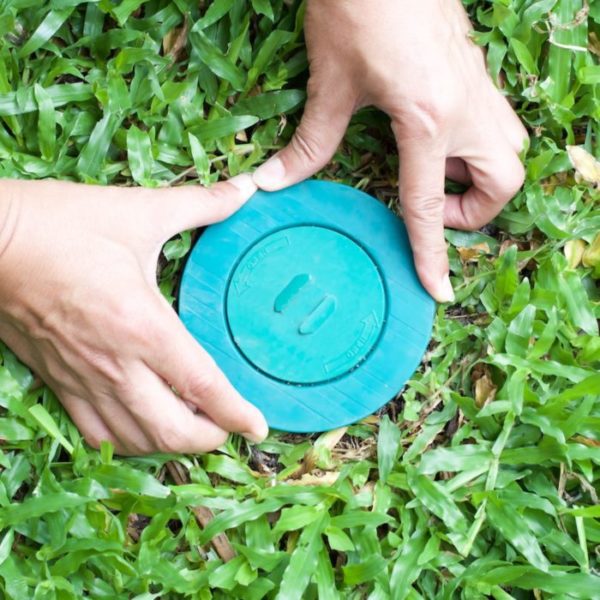Termite Prep: How to Prepare Your Home for Spring

As the temperatures start warming up in Northern California, this is a great time to do some termite prep around your home. Annually, termites cause around $5 billion in damages to homes all across the country, including here in California. Most homeowners are surprised to discover these damages are not covered by their homeowners’ insurance policies once they discover an infestation.
The reason termite damage is not covered is that insurance companies consider this type of damage is preventable with regular termite inspections and termite control treatments. Essentially, your insurance provider will view termite prevention as a form of normal household maintenance you should be doing to protect your home.
When Does Termite Season in California Start?

Termite season normally begins in the springtime for subterranean termites and in the late summer and early fall for Drywood termites. Both of these species are common throughout California, including the Bay Area in Northern California.
Termites will swarm, and those that leave the colony to breed are commonly referred to as “swarmers.” This is one of the only times termites will have wings and fly. Once they find a suitable mate to establish a new colony, they will shed their wings.
Depending on the populations of termites in existing colonies, swarmers can appear in large numbers. If you notice flying insects that look rather like flying ants, which also swarm in the springtime, you need to be concerned.
Another sign termites have swarmed recently is when you start to find small pairs of discarded wings on your deck, patio, sidewalk, or driveway. This could indicate the presence of termites on your property and, potentially, in your home.
What You Need to Know About These “Silent Destroyers”

Termites can slowly destroy your home and go undetected for years without regular termite inspections and preventative termite control maintenance. The lifecycle for termites varies, depending on the role the termite plays within the colony.
Worker termites—the ones you will typically discover eating away at wood—typically live for several years. The workers have numerous responsibilities, from providing food to caring for the eggs laid by the queen.
Workers never sleep and constantly work around the clock to perform their various job functions. For homeowners, this means worker termites are continuously eating away at the wooden structures inside their home!
Soldier termites are the ones responsible for defending the colony from other predators, like ants. Soldiers also live for several years. It is interesting to note that, due to the shape of the soldiers’ heads and mandibles, they are unable to feed themselves. In order to eat, they must rely upon workers to feed them.
Reproducer termites are those that swarm and leave the colony to establish a new one. After they find a mate, they will spend the rest of their lives as either the king or queen of the colony. Both king and queen termites can last for twenty years or longer.
A mature queen termite can lay thousands of eggs every single day. Over a period of about five to seven years, the colony will mature and have anywhere from tens of thousands of termites to millions of termites.
What’s the Difference Between Subterranean and Drywood Termites?

Subterranean termites must maintain their colonies underground in the dirt. Worker termites will leave the colony and build mud-like tubes to provide protection when above ground. The tubes allow them to remain out of sunlight while they transport wood back to the colony.
Drywood termites do not have to remain underground to thrive. Instead, this species will build its colonies in the wood they are destroying. To protect the colony, they will slowly build networks of tunnels through the wood and continue to expand these, so their main food source is as far away from the queen as possible.
Tips to Prep Your Home to Keep Termites Away
To protect your home against termites and avoid the thousands of dollars or more of damage they can cause, the first and most important thing you can do is to schedule a detailed termite inspection of your home. You should schedule this inspection regardless of whether you have seen signs of termites like swarmers.
Getting an inspection can help you determine where termite colonies are currently located on your property and whether they have gotten into your home. By identifying the location of colonies, it will help you better defend your home and keep it safe.
In the event the termites have not managed to make their way into your home, you will want to take proactive steps to control the spread of colonies. There are different types of termite treatments that can be applied outdoors to stop termites.

For instance, one treatment involves creating a barrier around the home that termites will not cross. This treatment does need to be reapplied periodically to maintain the barrier. Another type of treatment involves using baits near termite colonies. The baits attract the termites and stop them from looking for other sources of food. As the workers carry the bait back to the colony and feed it to the soldiers, queen, and king, eventually the colony will die out.
Aside from these preventative treatments, you may want to consider having specific areas of the home treated as well. For example, you may want the crawl space and the area around the foundation treated for termites.
If termites have already gotten into the home, your primary goal is to stop the termites from causing further damage. There are various treatments that will do this. Your termite control technician can discuss which options would be most appropriate for your level of infestation.
In addition to having annual inspections and regular treatments applied to your home and property, there are other things you can do to help limit and prevent termites.
Never store dry, wet, rotting, or decaying wood near the home. Common types of wood people will keep near their houses include firewood piles and natural wood mulch used for landscaping. By making food readily accessible for termites, it is only a matter of time before they explore further and gain access to your home.
Trim back trees and shrubs and keep them from overhanging or touching your home. Termites can gain access to the home simply by crawling up a shrub or down a tree branch that touches the home. Worker termites will explore fairly far until they can find food.
Remove dead trees and shrubs promptly. If a tree or shrub is dying, do not wait for it to decay naturally. It is better to remove it quickly to prevent termites from finding the new food source.
Do not remove dead trees and shrubs if they are already infested. If you notice termites have already started eating away at dead trees and shrubs, you may be tempted to remove them. However, by taking away this food source, it will not get rid of the termites. Instead, they will seek out a new food source—which could be your home!
Do not store old newspapers, magazines, books, and other paper-based materials in your garage or attic. Termites eat all types of wood-based and cellulose materials, including paper, cardboard, etc. Both the garage and attic are easier for termites to access through small openings and gaps, and this could lead to an infestation inside your home.
By taking the time to prep your home against termites, you can rest easier knowing your home is protected. For more prep tips or to schedule a termite inspection, along with a free termite control estimate for your Northern California Bay Area home, please feel free to contact MightyMite Termite Services at 408-377-3761 today!
